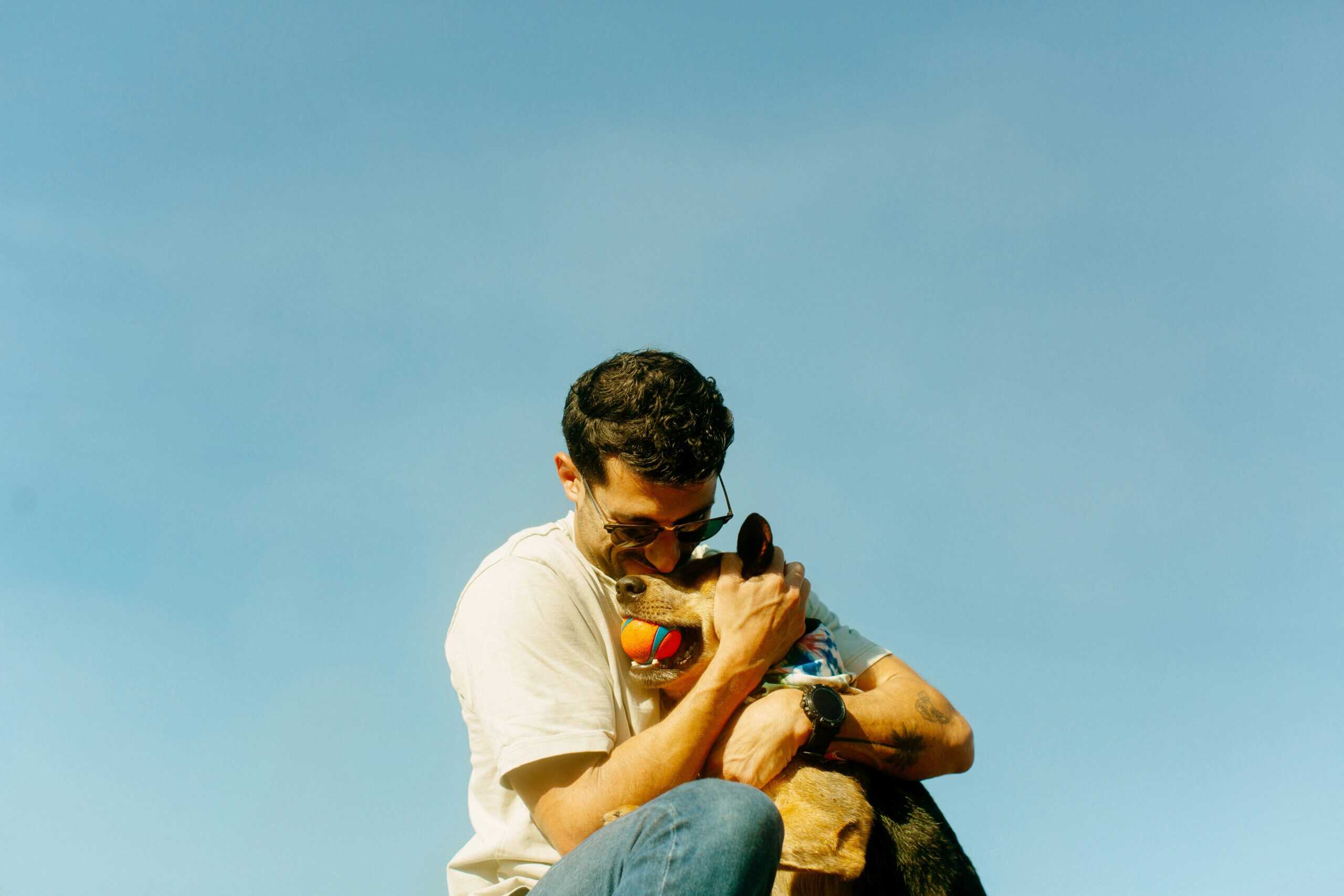7 Tips For Keeping Pets Safe During Houston Heat Waves
Protect your furry friends from dangerous Houston temperatures with these essential safety strategies, from hydration tips to recognizing heat stroke symptoms.
It’s the number one complaint among Houstonians—the nonstop heat, coupled with some of the highest humidity you’ll find in the U.S. Houston’s subtropical climate is great for plants and for humans seeking dewy skin, but for pets? Not so much.
Dogs and cats struggle through high temperatures, and Houston routinely reaches triple digits or at least the high 90s throughout the summer. Our famous humidity makes the heat feel even more stifling and creates a double whammy threat for our pets—they are 10 times more likely to suffer from heatstroke than humans.
The good news is that if you know the danger signs of pet distress and take the right precautions, you and your furry friends can not only survive another Houston summer, but thrive in it. Here are seven tips for keeping your pets safe during Houston heat waves.
1. Know which pets are most at risk.
Did you know that certain breeds of dogs and cats are more susceptible to sickness and heat stroke than others? Interestingly, pets with flat faces—think pugs, bulldogs, and boxers in the dog family and Himalayans and Persians in the cat family—are anatomically different. They have shorter nasal passages that restrict airflow, making it hard for them to breathe when they are overheated.
They are not alone. Elderly dogs, pets that are overweight, and pets that have medical conditions like heart disease are much more prone to overheating. The same goes for pets with thick coats (more on this below).
2. Recognize the symptoms of overheating and heatstroke.
The reason why dogs and cats are more susceptible to heat-related illnesses is because they don’t have a built-in cooling system like humans. They simply can’t sweat. Instead, they release heat through panting and through the pads of their feet. But these methods aren’t very efficient, so pet parents must recognize the signs of overheating.
Signs that a dog has been exposed to too much heat include excessive panting or difficulty breathing that looks different from your pet’s normal breathing, drooling, weakness (collapsing onto the floor, for instance), bright red or blue gums, or stupor or confusion.
If you see any of these signs, take steps to immediately lower your pet’s temperature. If you can’t get to air conditioning, move to a shady spot and spray your dog with cool water (not cold—it will have the opposite effect, sending your dog’s heating system into overdrive). This will safely and slowly lower your dog’s body temperature.
If you don’t have access to large amounts of water, you can apply ice to your dog’s head, neck, and chest. Give your pet ice cubes to lick or small amounts of water at a time. Don’t allow your pet to slurp too much water, as it can lead to vomiting. And if you don’t see an improvement, it’s always wise to get your pet to the vet.
More serious symptoms that are signs of heatstroke and require a non-negotiable visit to the vet include seizures, bloody diarrhea and vomit, and an elevated body temperature of over 104 degrees.
3. Give your pet more water than usual
You’ll notice your pets drinking more in the summer—it’s their natural defense mechanism against the heat. That means you’ll need to check their bowl more frequently and keep it fuller than usual.
If you’re hanging out in your backyard, make sure your pet is drinking fresh water, versus pool water, which is filled with chemicals. The same applies to nudging your dog away from mud puddles on walks or lake water when boating. Carry a portable water dish expressively for that purpose—that way, your pet won’t be tempted by water that’s not good for them.
If you want to take your pet on an outing, seek out one of Houston’s dog-friendly restaurants and bars that provide shady seating and keep a full water bowl close by.
4. Never leave your pet in a car, even for just a few minutes.
Here’s a scary statistic: Car temperatures can reach 120 degrees in just minutes, even in the shade and even with windows left partially open.
There is literally no scenario in which it’s okay to leave pets in the car, especially in Houston, where it’s hot nine months out of the year. The Texas Humane Society recommends leaving dogs at home when you head out in the heat. Otherwise, you may be tempted to “run into the store, just for a minute,” and that’s exactly how pets suffer and die from heat stroke.
5. Trim your pet’s coat…but only so much.
You’d think that shaving your dog would be a great idea for the summer, right? Well, you’re on the right track—you just need to be careful to leave enough hair to cover your dog’s skin.
That’s because dogs are as susceptible to sunburn as we are, maybe even more so since their skin rarely sees the light of day. And lighter-haired dogs are usually lighter-skinned dogs, making them even more prone to sunburn and even skin cancer.
It’s recommended to give your dogs a trim while avoiding a full-on buzz cut. For cats, brush their coats more frequently during heat waves to remove extra fur and help keep them cool.
And yes, you can use sunscreen on your dog, but make sure it’s pet-friendly. Dogs, like people, can get sunburned easily on their ears and noses, so apply lotion more liberally to those vulnerable areas.
6. Alter your normal walking routine and outdoor time.
In Houston, the temperature is hottest from 10 a.m. until 6 p.m., and due to the heavy humidity, the heat tends to linger in the air, making it tough for humans and pets to spend much time outdoors.
At the same time, dogs still need physical activity, and their pleading eyes are hard to ignore. So go ahead and walk your dog, but do so with precautions in place.
First, limit your walking times to early mornings and late evenings, preferably before sunrise and after sunset. If that’s not possible, seek out walking routes that offer shade or cool spots where you and Fido can rest.
Second, avoid hot asphalt, which literally burns sensitive paws. Stick to walking paths or parks where you’re also more likely to find shade. If you notice your otherwise healthy dog limping after a walk, check their paws for redness and pay attention to behaviors that might indicate they are in pain, like excessively licking their paws.
Finally, limit the amount of time you spend outdoors with your pet. Other than providing a daily walk and regular bathroom breaks, it’s best to keep your dog in the air conditioning during these long, hot summer days.
7. Use creative cooling methods indoors to keep your pets comfortable.
You probably have measures in place to stave off the heat throughout the Houston summer, and your pets should as well. If you need to cool off, it’s likely your pet does too.
Simple measures like ceiling or box fans can make a stifling room much more bearable. Cool compresses, especially after a walk, can help dogs cool down a bit faster. Many dogs love water and enjoy playing in sprinkler systems or being hosed down with cool water. Target your sprays at their legs, feet, and belly, which provides instant relief from the heat.
Add ice cubes to pet bowls or offer frozen pet treats for a quick cool down. And consider cooling mats that are designed specifically for pets’ bodies.
The Houston heat is not going anywhere, but you can make it more bearable for pets by being smart about their sun exposure. Keep your eye on your pets, keep them cool, and keep calm and carry on, Houston!



